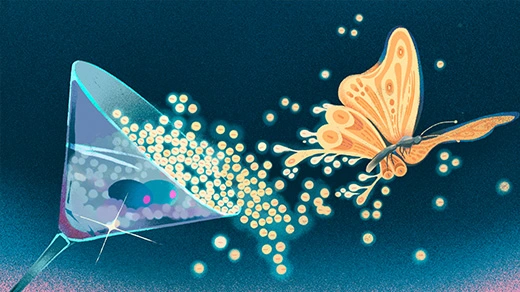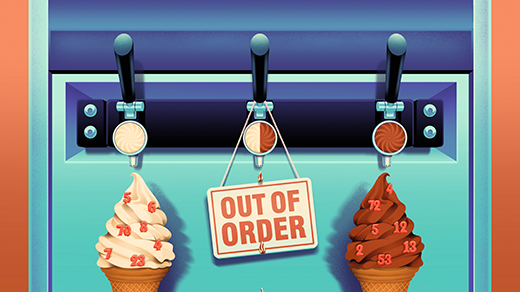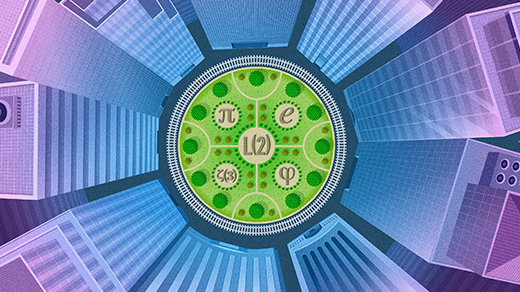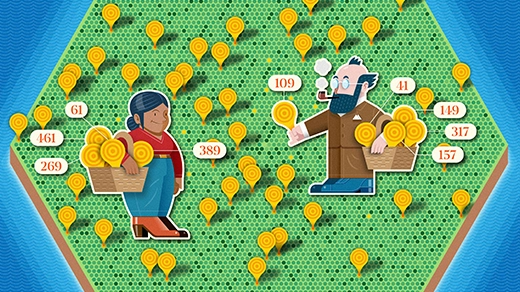What's up in
Number theory
Latest Articles
The Year in Mathematics
Explore a shape that can’t pass through itself, a teenage prodigy, and two new kinds of infinity.
New Math Revives Geometry’s Oldest Problems
Using a relatively young theory, a team of mathematicians has started to answer questions whose roots lie at the very beginning of mathematics.
‘Ten Martini’ Proof Uses Number Theory To Explain Quantum Fractals
The proof, known to be so hard that a mathematician once offered 10 martinis to whoever could figure it out, connects quantum mechanics to infinitely intricate mathematical structures.
The Core of Fermat’s Last Theorem Just Got Superpowered
By extending the scope of the key insight behind Fermat’s Last Theorem, four mathematicians have made great strides toward building a “grand unified theory” of math.
Graduate Student Solves Classic Problem About the Limits of Addition
A new proof illuminates the hidden patterns that emerge when addition becomes impossible.
New Proofs Probe the Limits of Mathematical Truth
By proving a broader version of Hilbert’s famous 10th problem, two groups of mathematicians have expanded the realm of mathematical unknowability.
Rational or Not? This Basic Math Question Took Decades to Answer.
It’s surprisingly difficult to prove one of the most basic properties of a number: whether it can be written as a fraction. A broad new method can help settle this ancient question.
The Year in Math
Landmark results in geometry and number theory marked an exciting year for mathematics, at a time when advances in artificial intelligence are starting to transform the subject’s future.
Mathematicians Uncover a New Way to Count Prime Numbers
To make progress on one of number theory’s most elementary questions, two mathematicians turned to an unlikely source.








